Our imaginations have long been captivated by the idea of Satan presiding over a raging inferno. European painters of the Middle Ages promoted this Christian view by depicting people falling through the gates of Hell and into an area of never-ending torture.
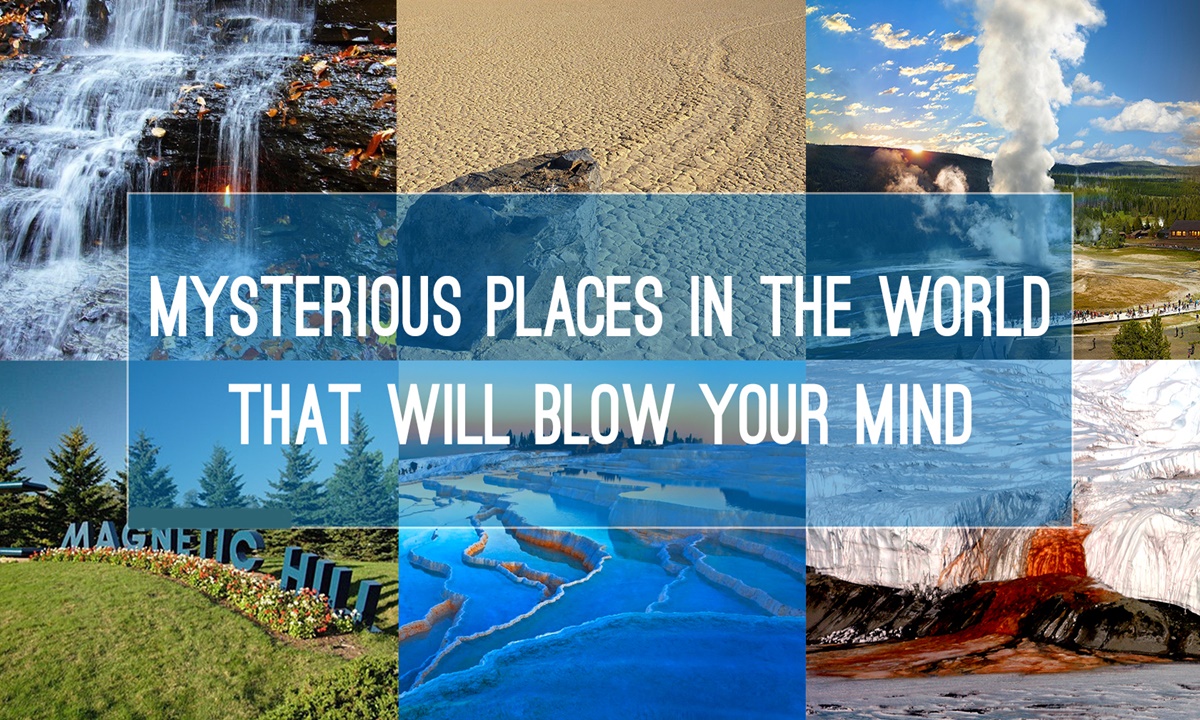
Our imaginations have long been captivated by the idea of Satan presiding over a raging inferno. European painters of the Middle Ages promoted this Christian view by depicting people falling through the gates of Hell and into an area of never-ending torture.
Where are the gates of hell placed, and how many are there, if their art is to be accepted at face value? According to local belief, Satan may have multiple hellholes on Earth, such as a blazing gas crater in Turkmenistan and a cave in Belize covered in skull fragments.
Certain places, like the modest Pennsylvanian village of Hellam, are said to have seven gates of hell that one must visit in the proper order in order to see the Devil. Here we can see and learn about some of the door-to-hell locations in the world.
1. Darvaza Gas Crater
The Karakum Desert in Turkmenistan is home to what appears to be a computer-generated image of a doorway to hell: a 230-foot-wide crater surrounded by kilometers of sand and burning red with flames. Darvaza, a gas crater that has been conflagrated since 1971, is the hottest hole.
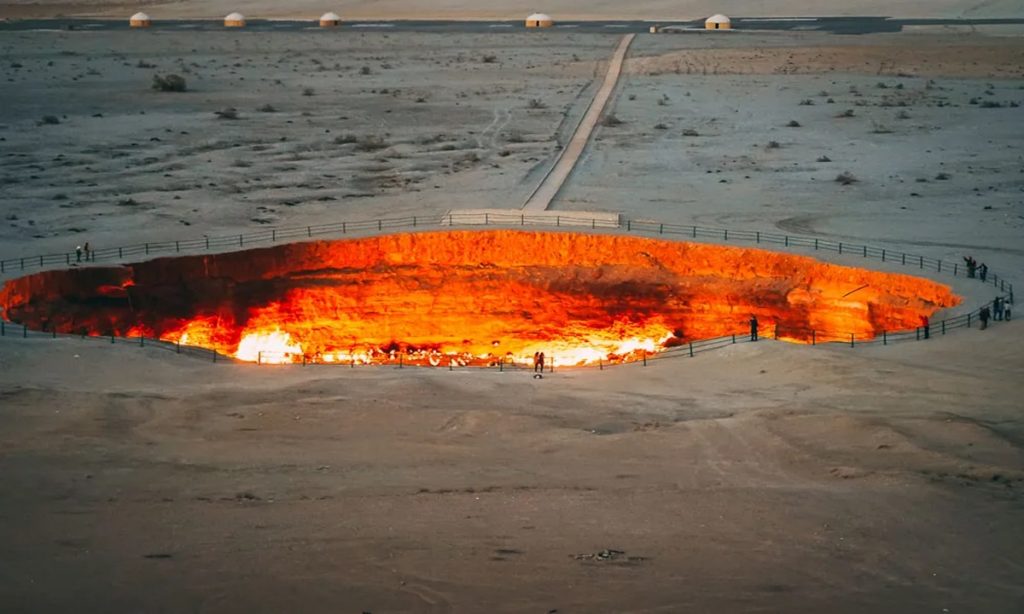
The process by which the deep crater transformed into a blaze still confuses scientists. Maybe the site burned to extinguish the natural gas that was escaping after it collapsed during oil drilling? Perhaps Satan bored a hole in the desert so we might see a peek of Hell below?
Once hailed as a hazardous location, the “door to hell” has changed from an industrial accident to a popular tourist destination over the years. Travelers are attracted to the isolated spot from all over the world to see the captivating dance of flames rising from the pit and illuminating the area around it.
Campsites typically appear in its immediate surroundings as visitors take in the vibrant flames. The crater attracted so much attention that in 2018, the Amul-Hazar car rally used the gas hole as a nighttime pit stop.
2. Guimen Gate
Fengdu Ghost City, a temple dedicated to stories of the afterlife influenced by Buddhism, Taoism, and Confucianism, is said to haunt Chongqing’s Ming Mountain. Guimen Gate, also called the Ghost Torturing Pass, is the entryway to Hell for visitors.
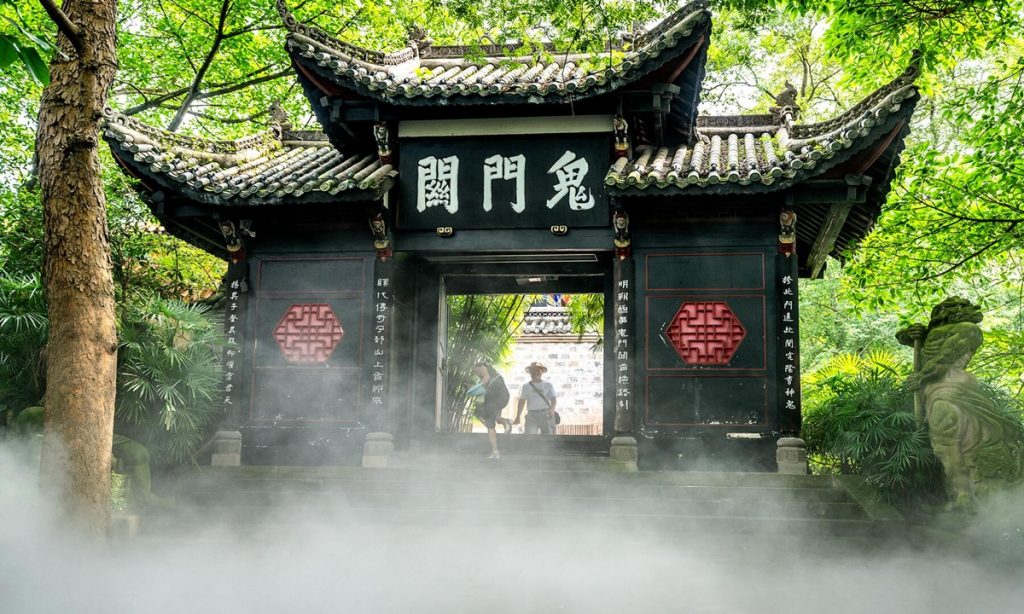
Chinese mythology says that Yanluo Wang, the King of Hell, must see the recently deceased here before he can provide a final decision. Those who are judged evil are sent to one of Diyu’s numerous horrible domains, often known as Chinese Hell.
With its red and black color scheme, peaked roof, and 18 statues of demons carrying out horrifying punishments (the harshest level involves being boiled eternally in a wok), Fengdu’s doorway to Hell has an appropriately frightening aspect.
3. Lua-o-Milu
It’s unlikely that you would think Waipio Valley in Hawaii, a beauty of black sand beaches and waterfalls enclosed by cliffs, is a gateway to Hell. On the other hand, Waipio is the entryway to Lua-o-Milu, or the land of the dead, according to old Hawaiian legend.

According to legend, the dead’s souls jumped off the high sea cliffs and entered an underworld ruled by the death deity Milu. You won’t be able to locate this Hell Gate precisely on a Google Map because it is supposedly now covered in black sand.
4. Osorezan
The Japanese pilgrimage destination Mount Osore, also known as the Mountain of Dread, is a possible location for Hell if there were such a place on Earth. For centuries, people thought that this active volcano was a gateway to Buddhist Hell.
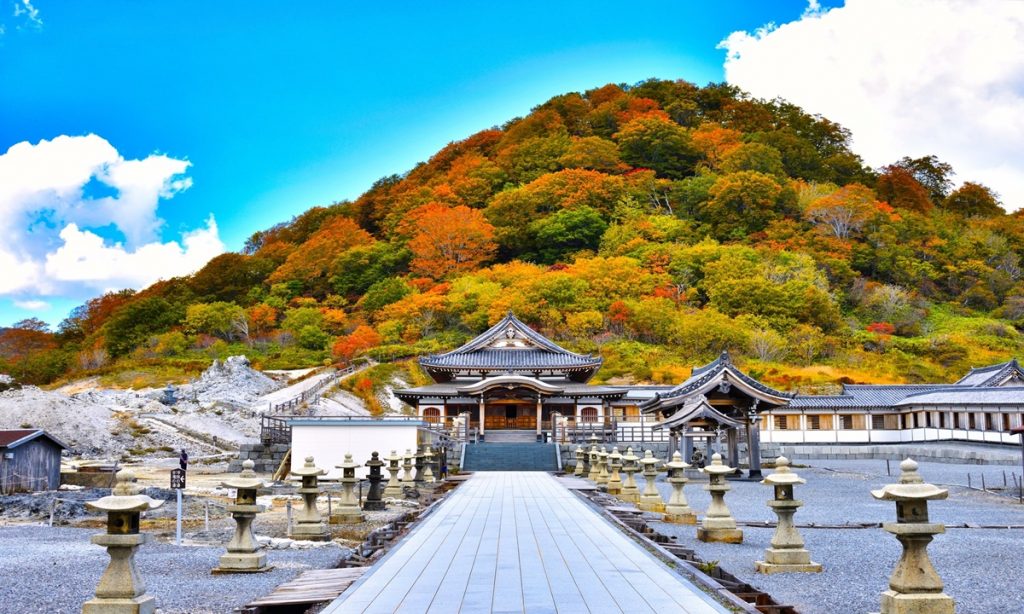
The horrific sight of Osore lends credibility to the tale: the barren stone terrain resembles an unending cemetery punctuated by foul-smelling pits of bubbling yellow sulfur. There are also vipers that live in pits, so proceed with caution.
5. Cape Matapan Caves
The god Hades was said to rule a region under the surface by the ancient Greeks, where the dead went after death. The Cape Matapan Caves are thought to have been the entrance used by Orpheus and Hercules on their valiant expeditions into Hades’ underworld.
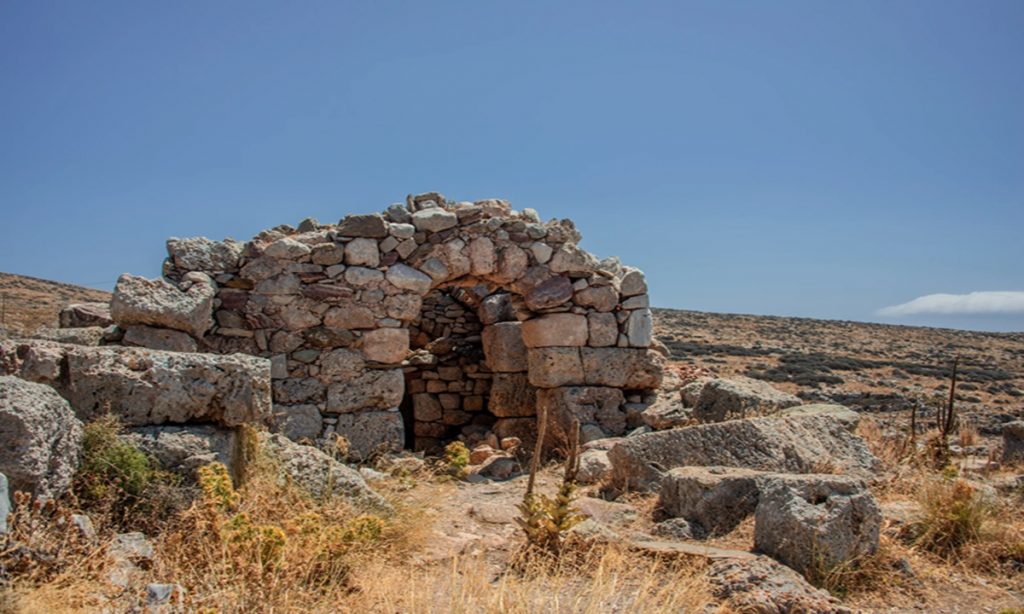
These caves lead to a deep network of tunnels that are still unexplored and open up into a sea-level cliff face. Look for the remnants of a Spartan temple above the Greek gates of Hell to locate the entrance to Cape Matapan Caves.
6. Seven Gates of Hell
In Hellam, Pennsylvania, there are seven options if you’re wondering where the gates of Hell are. Find a rusted metal gate in the township’s forested region after dusk. According to an urban legend, this was formerly the gate that led to six other gates that could only be seen at night.
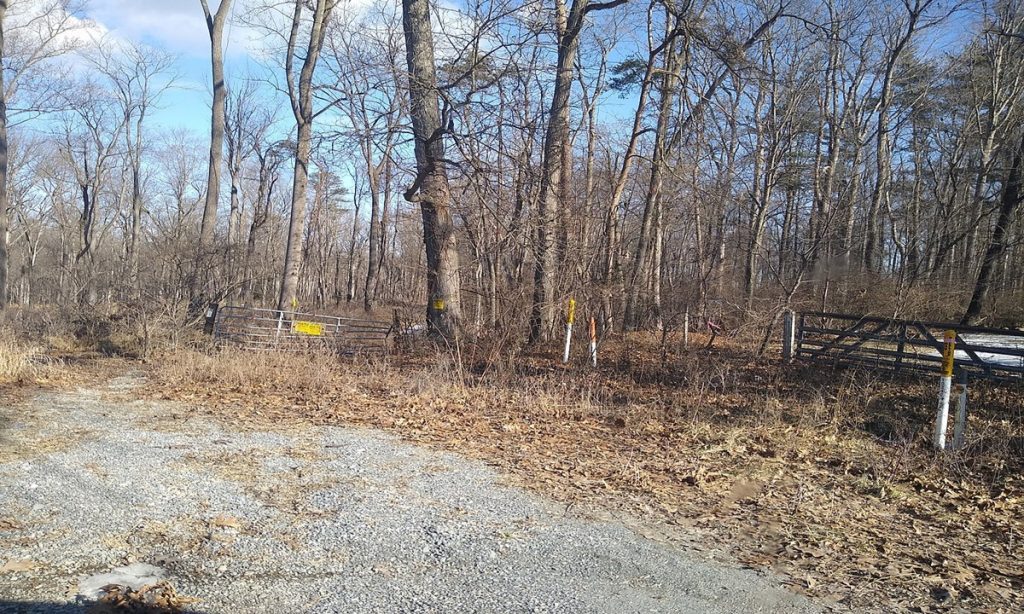
The asylum was said to be mad. If you navigate the seven gateways to Hell in the correct sequence, you will ultimately arrive at the doorstep of the devil. A good deal of attention has been paid to the Seven Gates of Hell.
7. Hekla Volcano
Hekla is one of the most striking Hell gateway in the world; it is an active volcano in Iceland with a mighty look and flaming lava pools. Christian monks from the Middle Ages claimed that the volcano served as both a portal to the afterlife and the eternal prison of Judas.
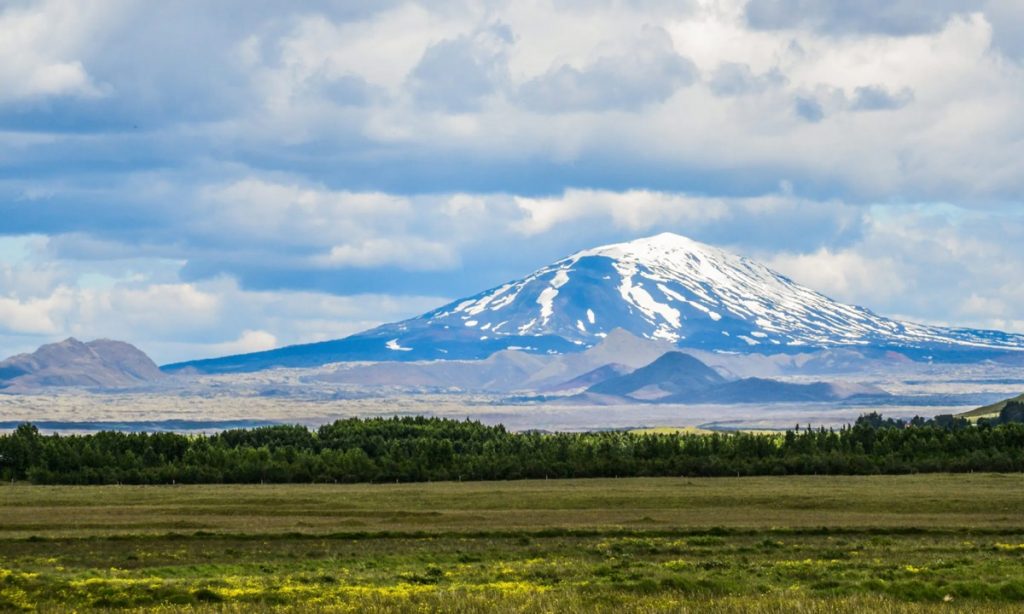
Visitors have reported seeing the souls of the damned flying out of Hekla, accompanied by scorching ash and smoke, during more than 20 eruptions. (Rather than seeing demonic spirits, it’s more likely that they saw escaping birds.)
8. Actun Tunichil Muknal Cave
Twelve Lords of Death ruled Xibalba, the ancient Maya version of Hell, which they considered to be akin to “heavy metal.” Demonic entities are said to be hiding throughout Xibalba, a horrifying labyrinth full of rivers of blood and scorpions.
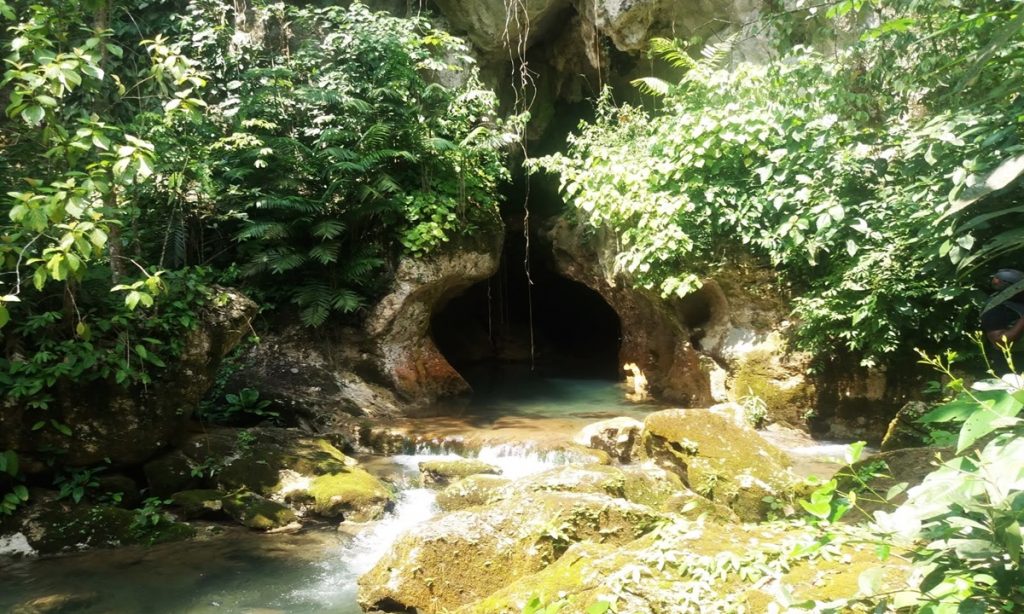
The cave known as Actun Tunichil Muknal, or Cave of the Crystal Sepulchre, near Belize’s Tapir Mountain is thought to be the entrance to the Mayan underworld.
The cramped, gloomy passageways are filled with the skulls and bones of human sacrifices, giving the impression of something from Indiana Jones’ Raiders of the Lost Ark.
9. St. Patrick’s Purgatory
At the modest monastery from the fifteenth century on Station Island known as St. Patrick’s Purgatory, pilgrims face the possibility of being trapped in limbo, which could be a worse fate than Hell. Traditions from Ireland’s past state that when St. Patrick went to the island, Jesus visited him.

Pinpointing the site of a cave that functioned as the gateway to purgatory, the Lord revealed to him terrifying visions of Satan’s hideout. A monastery was quickly constructed to seal off the small opening that led to Hell.
10. Stull Cemetery
The little Kansas town of Stull is said to be home to one of Earth’s several entrances to Hell. There have been persistent allegations since the 1970s that the neighborhood cemetery is one of the seven gates to hell in the world.
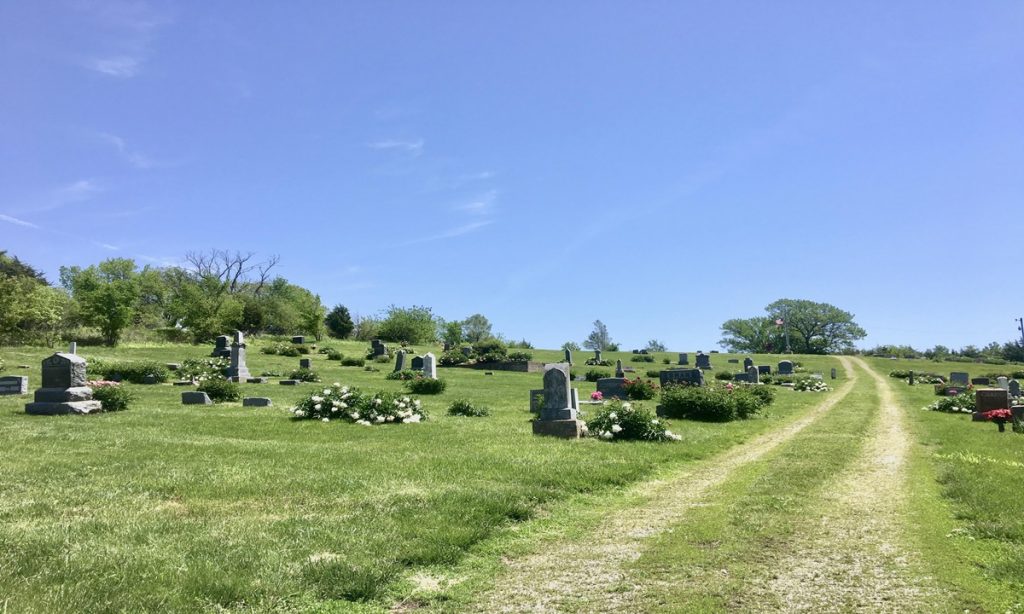
Witnesses maintain that Satan creates a portal amid the tombstones on Halloween each year. Some claim they have witnessed what appears to be an infinite staircase that descends into a flaming pit. After the nearby stone church was inexplicably destroyed in 2002, rumors about the Devil’s activities in Stull began to circulate.
11. Hell’s Gate National Park
Hell’s Gate, a national park close to Nairobi, takes pride in its name, which comes from the moniker British explorers gave to a cliff’s opening in 1880. Not surprisingly, for Satan’s hideout, the area is a geothermal hotspot.

Ash and sulfuric hot springs characterize the landscape, while volcanoes spout plumes of steam. The park’s ominous aura is further enhanced by buzzards and vultures swooping around the gap known as Hell’s Gate and the high red cliffs.
12. Lactus Curtius
One of the most visited sites in the Italian city is the Roman Forum, yet most visitors are unaware that they are standing next to a gateway to hell. Look for a pit called Lacus Curtius; this gateway to the underworld is marked covertly by a tablet encircled by debris.

An oracle predicted Rome’s destruction unless its people offered up what was most important to the city, according to the ancient historian Livy. A gap to Hell opened, and realizing the Roman legion was most valuable to the city, soldier Marcus Curtius charged in. The people were spared by Curtius’s sacrifice, and his armored figure is now carved into a stone that stands at the entrance to Hell.
13. Cave of the Sibyl
The Aeneid, written by Virgil over 2,000 years ago, describes the Cave of the Sibyl, a doorway to Hell located in Naples, Italy, and says, “The gates of Hell are open night and day.” The route is simple, and the descent is easy.

The poet claims that this is where the Trojan hero Aeneas met the oracle Sibyl, who led him into Hell via the cave. After generations of digging, this portal to the netherworld was finally found in 1932 by explorers.
Today, visitors to Cumae Archaeological Site can enter Sibyl’s cave and explore her rock-cut pathways, which resemble coffins.
14. Mictlan
Mictlan, which has nine levels and is governed by two death gods with skull faces, is known to the Aztecs as the place of the dead. A glimpse of the Aztec underworld can be found at Mitla, an archaeological ruin in Oaxaca, a city well-known for its vibrant Day of the Dead celebrations.

Mitla was formerly known as Mictlan. Mitla looks a lot like a gateway to Hell, with its vivid red-painted walls and dozens of tombs hidden beneath the debris. King Mictlantecuhtli (Lord of the Underworld) and his wife Mictecacihuatl (Lady of the Underworld) are thought to be the rulers of Mictlan.
15. Houska Castle
Houska Castle, a magnificent Gothic structure from the 13th century that is said to have been built atop Hell’s Gate, is situated north of Prague. Local legend holds that the chapel of the castle was constructed to cover a massive hole in the earth that functioned as a Satanic threshold.

Additionally, the defensive barriers stopped demons and other horrifying monsters from emerging from the hellhole. Visitors have claimed to have seen headless horses and demonic winged creatures hiding in the corridors of Houska Castle, which is still regarded as haunted.
16. Gates of Guinee
According to Voodoo mythology, after passing away, souls are transferred to Guinee, a kind of purgatory, from where they eventually reach their ancestors’ “deep waters.”
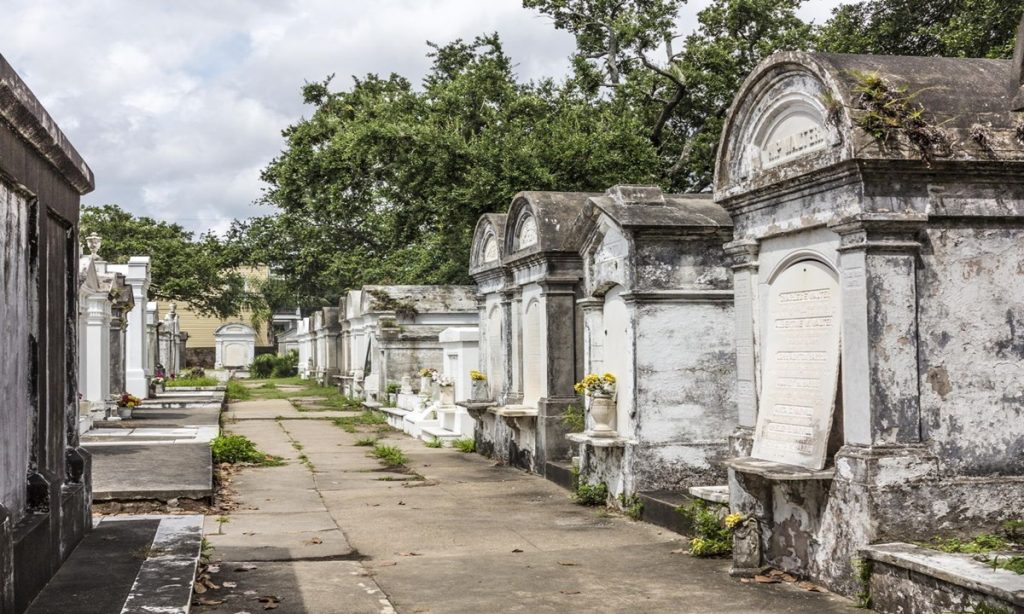
Some people think that strong voodoo masters can unlock the seven gates to the afterlife, allowing them to either take back their deceased loved ones’ souls or transform them into zombie-like beings for evil intentions.
The Gates of Guinee are rumored to be located in New Orleans’ cemeteries, maybe at the St. Louis Cemetery, where voodoo queen Marie Laveau is buried. In order to reach Guinee, travelers must unlatch each of the seven gates and placate the loa, or spirits, that guard them

